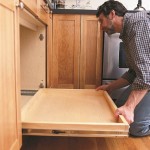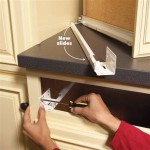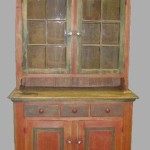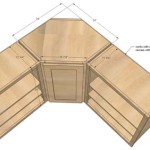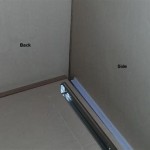How to Clean Veneer Kitchen Cabinets
Veneer kitchen cabinets are a popular choice for their elegant appearance and affordability. However, they require special care to maintain their beauty and longevity. Improper cleaning methods can damage the delicate veneer surface, leading to scratches, dullness, and even peeling. This article will guide you through the best practices for cleaning veneer kitchen cabinets, ensuring they remain pristine and free from damage.
1. Dusting and Regular Cleaning
Regular cleaning is essential for preventing dust and grime buildup, which can dull the veneer's finish. Start by dusting the cabinets with a microfiber cloth or a soft-bristled brush. Be gentle and avoid applying excessive pressure, as this can scratch the surface. For a deeper clean, use a damp microfiber cloth slightly moistened with mild dish soap and lukewarm water. Wring out excess water before wiping the cabinets, ensuring they are not overly wet. Avoid soaking the veneer, as prolonged exposure to water can damage the wood beneath.
After cleaning, dry the cabinets thoroughly with a clean, dry microfiber cloth. This prevents watermarks and ensures a streak-free finish. It is recommended to dust and lightly clean the cabinets every week. This routine maintenance will prevent grime buildup and keep the veneer looking its best.
2. Addressing Stains and Spills
Accidents happen, and spills on veneer cabinets are inevitable. Timely action is crucial in preventing stains and damage. If a spill occurs, immediately blot it up with a clean, absorbent cloth. Avoid rubbing the stain, as this can force it deeper into the veneer. For tougher stains, use a mild cleaner specifically designed for wood surfaces. Apply a small amount to a clean cloth and gently rub the stain in a circular motion. Avoid using harsh chemicals or abrasive cleaners, as these can damage the veneer.
For oily spills, use a mixture of baking soda and water to absorb the oil. Create a paste of baking soda and water and apply it to the affected area. Let it sit for a few minutes, then gently wipe away the paste with a damp cloth. Once the stain is removed, dry the area thoroughly with a clean cloth. Remember to always test any cleaner on an inconspicuous area of the cabinet before applying it to the entire surface.
3. Protecting Veneer Cabinets
Protecting veneer cabinets from damage is essential for maintaining their beauty. Avoid placing hot objects directly on the veneer, as this can cause heat damage. Use coasters or trivets for hot dishes and appliances. Sharp objects can also scratch the delicate surface, so handle kitchen utensils and other sharp items carefully.
Regularly assess the condition of the veneer. Look for signs of wear, scratches, or peeling. If any damage is present, consider contacting a professional for repairs. Timely repairs can prevent further damage and maintain the longevity of your veneer kitchen cabinets.
By following these cleaning and maintenance tips, you can keep your veneer kitchen cabinets looking their best for years to come. Remember to be gentle, use appropriate cleaning products, and address spills promptly. With proper care, your veneer cabinets will continue to enhance the beauty and functionality of your kitchen.

How To Clean Veneer Kitchen Cabinets Ehow

Laminate Veneer Cabinetry Cleaning And Maintenance Tips Bath Plus Kitchen

Cleaning And Caring For Wood Veneer

How Can I Clean These Wood Kitchen Cabinets Picture Hometalk

How To Maintain Walnut Veneers Read

8 Smart Steps To Painting Veneer Cabinets Spahn Rose Lumber Co

How To Paint Veneer Cabinets For A Long Lasting Finish Anika S Diy Life Kitchen Decor Renovation Painting

How To Use Wood Veneer Reface Kitchen Cabinets Diy Cabinet Update

How To Clean Cabinet Doors And Drawer Fronts Taylorcraft Door Company

Kitchen Cabinets What Is A Wood Veneer Kitchens
Related Posts

